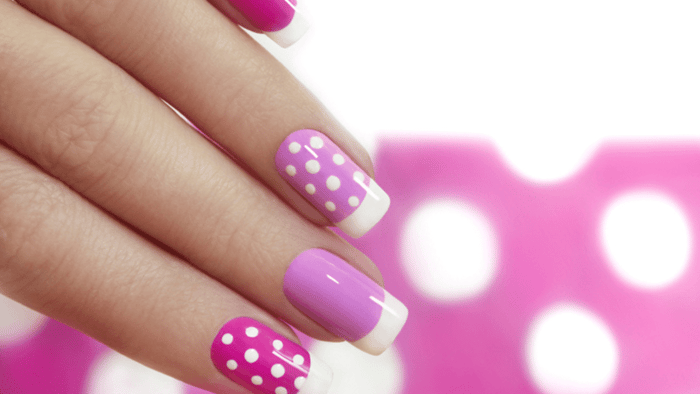
Wanting to get rid of gray hairs is a common response to this natural part of growing older, and you’re certainly not alone if you’re looking for non-invasive, natural ways to reduce grey hairs.
This discoloration happens when the melanin pigment that gives hair its natural color decreases or disappears. Melanin is produced by specialized cells called melanocytes that are found in hair follicles. As we age, the melanin production in these cells gradually decreases, causing the hair to lose its natural color and become gray, and eventually white.
The exact cause of this decrease in melanin production is not fully understood, but it is believed to be the result of a combination of genetic, environmental, and lifestyle factors. Genetics plays a significant role, as the timing and degree of graying can be influenced by our genes. Other factors that may contribute to graying include stress, smoking, poor nutrition, and exposure to pollution and toxins.
Here are some natural methods to help reduce the appearance of gray hair.
Amla Powder
Amla powder is derived from the Indian gooseberry and is used in Ayurvedic medicine. It is rich in antioxidants and vitamin C, which can help prevent the premature graying of hair. Mix two tablespoons of amla powder with one tablespoon of coconut oil and apply it to your hair. Leave it on for at least an hour before washing it off with a mild shampoo.
Black Tea
Black tea contains tannins, which can help darken hair and reduce gray hair. Brew a pot of black tea and let it cool. Rinse your hair with the tea after shampooing and conditioning. Leave it on for at least 30 minutes before rinsing it out with water.
Coconut Oil
Coconut oil is known for its moisturizing properties, but it can also help reduce gray hair. Massage warm coconut oil into your scalp and hair and leave it on for an hour before washing it off. Doing this once a week can help reduce gray hair.
Curry Leaves
Curry leaves are commonly used in Indian cooking, but they can also be used to reduce gray hair. Boil a handful of curry leaves in coconut oil until they turn black. Strain the oil and apply it to your hair before bed. Wash it off in the morning with a mild shampoo.
Fresh Ginger
One of the primary compounds in ginger is called gingerol, which has antioxidant properties that may help protect hair from damage. Additionally, ginger has anti-inflammatory properties that may help improve blood circulation and promote hair growth. Try mixing grated ginger with coconut oil and applying it to your scalp and hair. Leave it on for at least 30 minutes before washing it off with a mild shampoo. You can also try drinking ginger tea or adding fresh ginger to your diet to help promote overall hair health.
Onion Juice
Onion juice may not smell great, but it can help reduce gray hair. Blend an onion into a paste and extract the juice. Apply the juice to your hair and scalp and leave it on for 30 minutes before washing it out with a mild shampoo.
Rosemary Oil
Rosemary oil is known for its ability to stimulate hair growth, but it can also help reduce gray hair. Mix a few drops of rosemary oil with a carrier oil like coconut oil or olive oil and massage it into your scalp and hair. Leave it on for at least an hour before washing it out with a mild shampoo.
Gray hair is a natural part of the aging process, and while it cannot be reversed, there are various ways to manage and even embrace it.
The efficiency of these methods has not been clinically evaluated, and it is possible to be allergic to several of these treatments. Therefore, if you opt to experiment with a natural solution to alter your hair color, it is advisable to consult your physician about the remedy beforehand.
Want to know everything going on in natural health and beauty? Sign up for BVU's newsletter. You can also follow along on Instagram and Facebook.




